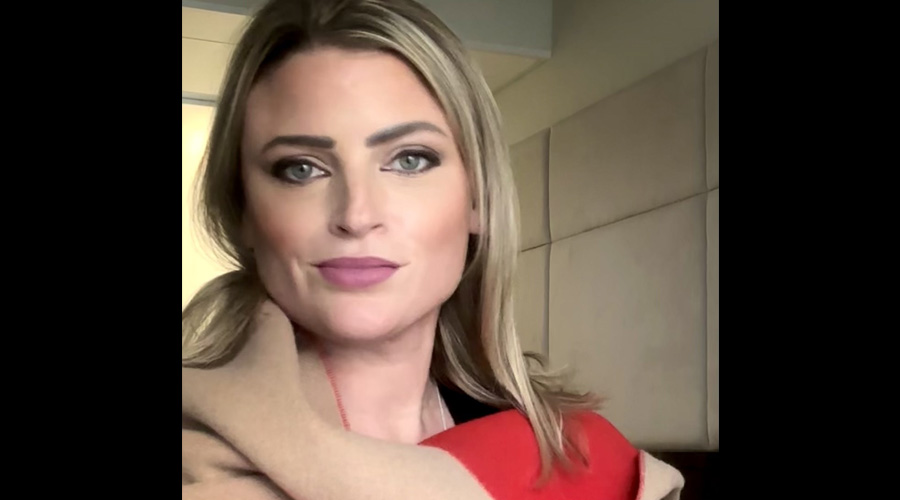Tracks to the Future: Three universities join forces to attract future railroaders
1/26/2022
By Julie Sneider, Senior Associate Editor
Three university rail transportation programs are teaming up to offer two weeks of summer sessions aimed at high-schoolers who are curious about the railroad business.
Michigan Technological University, the University of Illinois Urbana-Champaign and Penn State Altoona were recently awarded a Federal Railroad Administration (FRA) grant to help attract and prepare the next generation of railroaders. The result is “Tracks to the Future: Rail Transportation and Engineering,” a new educational experience that builds on the universities’ previous summer activities for youth interested in trains and railroading.
To be offered this summer, Tracks to the Future will help high-school students learn about the high-tech and energy-efficient aspects of the rail industry through virtual and on-campus classroom sessions, hands-on activities and field visits to railroads and/or other rail facilities.
Michigan Tech has offered a youth and pre-college summer program in rail for the past 10 years. The program is designed to appeal to high-school students who already know about railroading as well as those who are curious to learn more.
Many children have a natural interest in trains, says Pasi Lautala, associate professor of civil, environmental and geospatial engineering, and director of the rail program at the Michigan Tech Transportation Institute.
“A majority of students who come to our program have a pretty strong interest and quite a bit of knowledge of railroads when they arrive,” he says. “The others may have some interest or maybe someone in their family guided them to the program. What we’re really hoping to do is strengthen their interest in rail and show them the educational and career options to consider.”
Two versions of Tracks to the Future will be available this summer: a traditional program, and a hybrid of online and on-campus instruction.
 High-school students attending Michigan Tech’s summer youth rail program participated in an activity in which they learned about building rail track with ties and ballast. Peter LaMantia, Michigan Technological University
High-school students attending Michigan Tech’s summer youth rail program participated in an activity in which they learned about building rail track with ties and ballast. Peter LaMantia, Michigan Technological University The traditional program will occur on Michigan Tech’s campus in Houghton, Michigan, from June 27 through July 1. Students will participate in classroom and lab activities on campus for three days, then spend two days visiting railroads and rail suppliers near the university’s Upper Michigan location. A “hybrid” version of the program will be offered July 11-15, with two days of virtual instruction and two days on one of the three campuses: Michigan Tech, UIUC or Penn State Altoona. One day is reserved for travel to campus.
“We try to cover as much as we can in the limited timeframe, from rail engineering, to operations, to background and history on the industry,” Lautala says.
The program can accommodate up to 80 students total across the three locations. Students’ instructional materials, campus lodging and meals, and transportation to and from rail-site tours are covered by the FRA grant funds. Students will be responsible for covering the cost of their own travel to and from the campuses. Program leaders hope that rail-industry businesses might step up to help defray those costs.
Tracks to the Future was developed as a three-year venture. If it’s successful this year and the FRA continues to fund it, the program’s leaders plan to add three campuses in summer 2023 — University of South Carolina, University of New Mexico and California State University in Fresno. Four campuses would be added in 2024, for a total of 10 universities offering the program, Lautala says. The final four haven’t been identified.
In prior years, most of the students who enrolled in Michigan Tech’s summer youth rail program were white males. Lautala and his colleagues hope that introducing Tracks to the Future to locations across the country will help to diversify the enrollee pool.
Some attendees enrolled in the university’s rail engineering classes after high school. That’s the goal of Tracks to the Future: to pique high-schoolers' interest in rail so that someday, they’ll be working on the railroad.


